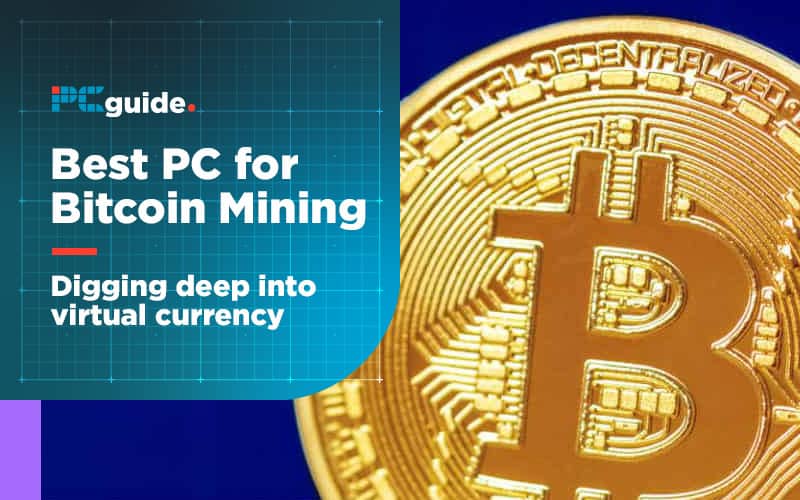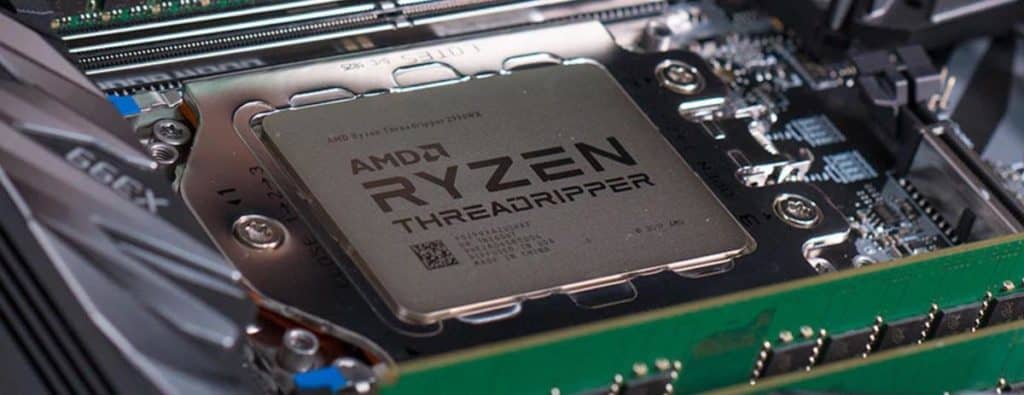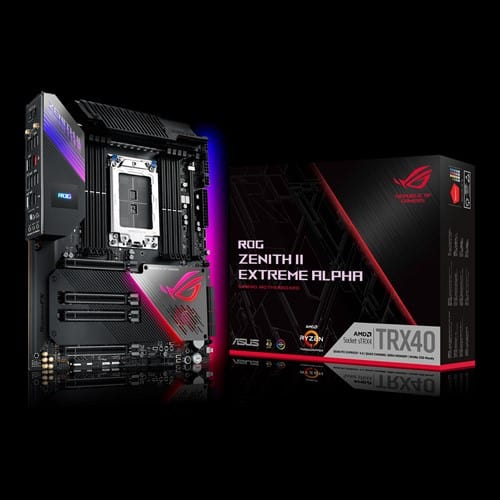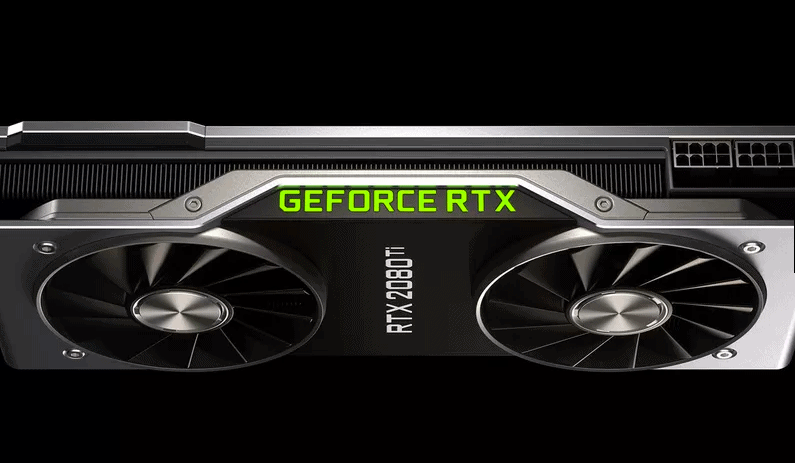Best PC For Bitcoin Mining In 2021
Check Out The Best Components And Prebuilt PCs For Bitcoin Mining
- Last Updated Jul 9, 2021

Bitcoin mining is a trend that is sweeping up internet users all across the world – and with good reason too. Bitcoin has quickly become an incredibly profitable source of additional income, and all it takes to really dig into the virtual mines is a decent computer that is capable of completing the complex algorithms that make up the blockchain of Bitcoin itself – it can be pretty confusing to understand, so check out this whole article I wrote about Bitcoin mining for a decent rundown of what it is, how it’s done and what it all means!
Anyway, if you already know everything you need to know about Bitcoin mining and just need yourself a few good recommendations for when it comes to the actual mining process, then hopefully this article will give you some good recommendations in choosing the best PC for Bitcoin mining.
The Best CPU For Bitcoin Mining

Ok, the CPU of your PC acts like a brain, so when it comes to the process of Bitcoin mining it’s going to be vitally important for you to have your PC loaded with a CPU capable of handling high-stress operations and complex algorithms.
So, what we are going to recommend here is that you aim for the higher specced chips in the AMD Threadripper series – and let it be known that you cannot aim too high here. The 3990X is probably going to be your best bet here, you get 64 cores and 128 threads as standard so you can expect a very succinct and powerful workload, and it’s compatible with DDR4 RAM just to add into the reliable and dependable output – more on RAM later.
If you don’t feel like dropping that much on a CPU though, the higher end 10th gen intel CPUs and latest releases from AMD will cope just as well – just make sure that they are compatible with your other components. I’m going to keep writing as if you chose an AMD CPU, as they generally have better performance when it comes to non-gaming related tasks.
Something to consider here though is that Bitcoin mining is a physically intensive process in your PC. You are going to find that if you aren’t careful, your PC is going to be prone to overheating and basically tearing itself apart via heat based damage. How are you going to avoid this? With the use of coolers of course.
For a specific CPU cooler, we would suggest something in the water-cooled family – and depending on your budget you can either look into closed or open loop options – but the Corsair Hydro series of coolers are fantastic for this kind of work. You can choose from a number of different loop options, with different price points attached to them depending on the level of financial investment you are willing to put down.
Plus, you can even expect a little bit of RGB in these coolers as well. Not a bad thing, especially if you plan to be using your Bitcoin mining PC for more than just mining. But, if you do want to use your PC for more than just mining, then make sure you are prepared to drop some cash on your cooling solutions. In fact, it could be wise for you to not stop at just a CPU cooler.
Instead, look at different air-cooling options you can build into your PC, as they are going to be just as valuable in providing a decent, sustainable airflow through your PC whilst it’s in use, keeping it cool. Corsair (again) has a great option in their LL series, a reliable RGB enabled fan option that sill provide 1500 rpm in cooling off your PC. Combine this with an effective water cooling loop on your CPU and you should be able to rest easy when your PC is in the process of mining that your computer isn’t going to overheat, cease mining or even damage its internal components.
The Best Motherboard For Bitcoin Mining

Now, I the last section I recommended using the most powerful AMD Threadripper CPU, so it only makes sense here that I recommend the best in TRX40 enabled motherboards, and that means recommending a board that offers superior performance in the Threadripper field.
Weirdly enough, gamers are one o the branches of PC users who demand excellence from the parts that they use, and with that in mind, we are recommending the ASUS ROG II Zenith Extreme Alpha. It’s a mouthful, but it does come with a lot of features that make it the best performance motherboard in this bracket.
You can expect an Aquantia AQC-107C 10G Chipset that allows for up to 10 GBPS LAN speed -all important when it comes to the actual speed of mining, as internet speeds will greatly affect your hash rate!
You are also going to have a whole host of different features available when it comes to monitoring your actual hardware, including an OLED LiveDash Display that can display your CPU temperature in real-time – invaluable if you were paying attention to what I was talking about in the last section regarding the toll that Bitcoin mining can have on your hardware.
You’ll also get DDR4 RAM support, four PCIe 4.0 M.2 slots, four PCIe 4.0 x16 slots, eight SATA 6GBPS slots, and Wi-Fi connectivity if you do choose to go wireless (though we don’t recommend it when it comes to Bitcoin Mining).
Impressively, this motherboard also comes with Gamefirst V Network control, designed to allow the user control when it comes to assigning the priority of the applications they are running both from a network standpoint, and from a hardware position. This could be invaluable when it comes to running a Bitcoin mining PC, as it will allow you to select your mining process, software, and the PC itself as a priority machine, meaning that it’s going to both get network and CPU priority. Pretty great stuff when it comes to Bitcoin mining.
The Best GPU For Bitcoin Mining

There are a few different factors to consider when it comes to selecting the GPU to stick into your Bitcoin mining PC build. Firstly, you need to think about the hash rate of the card you are buying. This is better explained in the supporting Bitcoin mining article I linked in the intro, but put shortly its basically the rate at which your graphics card is able to put together the hash code that makes up the individual blocks in a blockchain, which in turn allow Bitcoin mining to happen.
Basically I’m talking about how long it takes for the card you choose to actually mine Bitcoin.
Then you have to think about the upfront cost of the card itself. Remember, we aren’t talking about gaming exclusively here, we are talking about an investment that you are hoping to see a return on, and with that in mind, you shouldn’t want to drop too much money onto a card if you don’t expect to see a solid ROI for a long time.
Then you have to think about your graphics cards power consumption – it’s going to be a noticeable cost that you will have to factor into all of your Bitcoin-related expenditure, especially if you are expecting to be running your Bitcoin mining rig all hours (hint, you should be if you are expecting to see a healthy return on all of your investments).
So, with all of that in mind, we have a couple of options for you here. If you are looking to splash any amount of cash no worries, and want to get the best performance out of the card that you buy then its obviously going to be the 2080ti. The strength of this card is within its processing power, as it’s going to be the quickest card on the market when it comes to putting out a hash rate.
It’s not just good for Bitcoin either, you could use this card on a number of different ecurrencies and see positive results when it comes to the turnover of the actual mining process, but be aware that this does come with some drawbacks.
The first of which is the actual price of this card. Remember when I said your selection would depend on your preference when it comes to the actual ROI on the card itself? Well, it’s hard to say how long it would take for this card to pay for itself when it comes to the actual mining process, as it all depends on the success rate of your mining and the price of Bitcoin at the time of mining. Basically, it could be a while before you make back the money you spent on the card in the Bitcoin mining game.
Plus, you have to add the actual power consumption of the card into your calculations. Sadly, the 2080ti’s processing power comes at a cost, and that’s the amount of power it takes to run the thing. Combine that to the (average) $1,200 price tag that is usual;ly attached to the 2080ti, and you have a long way to go in recouping the price of the 2080ti via Bitcoin mining.
So, what should you go for if you are looking for a more well-rounded card that offers a better upfront price, running cost, and decent hash rate? Well, you could go for the 1080Ti, the previous incarnation of the 2080Ti that also offers stellar performance, yet at a lower price.
You will be able to expect a hash rate of around 32 MH/s, which is really good for a dated card like this one, it means you will be able to rely on it for a steady rate of mining for a long time. You are also going to open yourself up to a litany of modification options that are only going to allow you to steer the 1080Ti more towards the end goal of mining.
You can buy these cards pretty cheap online, and they run even less expensive if you choose to buy a used version – just be sure that you don’t buy a card previously used by a Bitcoin miner, as they might not have taken great care of the card itself and it might not perform at its ‘as new’ standards. The card itself is less power-hungry than a 2080Ti as well, pulling in 250W of power – but again, your upfront costs will be lower than if you bought a 2080Ti, so you do have that to factor into your investment budget.
If you are looking for an AMD card to get mining on, then there could be a solution to be found in the Radeon RX570. Now, you might be thinking to yourself that as this card is less powerful than the Nvidia options I mentioned it wouldn’t perform as well – and you would be right in thinking this, but what you also have to consider is that you could, theoretically employ a number of these cards in different machines (all built to lost cost), and run several mining machines built out of lower-cost parts for a more productive mining bank.
There are obvious drawbacks to this approach (mainly in the power consumption department), but realistically you could buy several 570 GPUs for the same price as a 1080Ti, or even a 2080Ti, and up your mining process in a trade-off for less power. You won’t be getting a stupidly low amount of power though – an overclocked 570 could reach up to around 30 MH/s, so you just have to be willing to put the work in on overclocking your GPU.
Again, the choice is all down to you – but please be mindful of your budget, your ROI goals, and the price of power in the area you are looking to mine from.
The Best Memory For Bitcoin Mining
Why might memory be important in a Bitcoin mining PC? Basically, because you want your PC to be able to work quickly and unimpeded by memory issues, so you want the best (and minimal) memory hardware in your PC so that you don’t run into any real issues.
Firstly, you are going to want some DDR4 Ram, that is capable of offering your PC quick and easily accessibly random access memory – though you might not need a lot of it. Corsair’s 16gb RAM sticks are a good option here – they are reliable, cost-effective, and generally an all-round good RAM option if you want to keep things just ticking over rather than busting the bank on something that is designed for relentless gaming.
You are also going to want to install an internal SSD in your build, as in the very least this is going to be your boot drive where your OS is running from. Installing it on the likes of a Western Digital 1TB SSD is going to give it that all-important leg up in terms of performance time, as the SSD itself is going to be much more capable and quicker when it comes to boot and loading times.;
Not much more to be said than that really – quick memory is going to give your mining PC a slight speed boost!
The Best Prebuilt Bitcoin Mining PC
If you aren’t looking for a PC building project and just want to get into the actual mining of Bitcoin, then you might want to get yourself a machine ready-made for the express purpose. Your issue here is that most of these options don’t come cheap.
However, there is something to note here: There are specific mining PCs built expressly for that purpose alone. Take the Shark series for example.
Shark are making specific mining rigs that are designed only for mining Bitcoin (and other forms of ecurrencies), that are equipped with all the necessary hardware to do so already configured in the perfect manner for actual mining. Look at the Shark Pro for example: It comes with 6 AMD RX570 cards fitted as standard, and depending on how much money you are willing to put down these cards can even be upgraded to other models – the 2080Ti version is due in October.
The drawback here is that the machine is expensive – to the tune of around $4000 expensive. However, if you are a professional miner looking to start a serious commitment with the actual mining process then this is the machine to go for. Alternatively, there is always the Shark Mini – a similar prebuilt machine by the same manufacturers that’s more company, less expensive ( by around $2000), and even consumes less power. It still comes with four GPUs attached, but not much in the way of an upgrade path from the standard 570s included.
If you aren’t looking for a serious, semi-professional mining rig though, you can always go for a high-end PC instead. This option might not offer the same results (mining rigs are specifically built for one thing only: mining), but they might give you a bit more peace of mind when initially investing as you will be able to get more use out of the machine you choose.
Take Alienware’s Aurora – it comes outfitted with (up to) an AMD Ryzen 9 3950X, up to a 2080Ti, up to 32gb of DDR4 Ram and 2TB of SSD storage – all ideal specs for mining and gaming, making it a much easier choice to invest in if you are less committed to mining as an individual goal.
Otherwise, this just about wraps up our list of the best PC for Bitcoin mining, and the best PC parts to choose from when you are building your own Bitcoin mining PC. Remember to store your mining machine in a cool room, and that the price of Bitcoin (and all ecurrencies) is susceptible to sudden and dramatic change.
